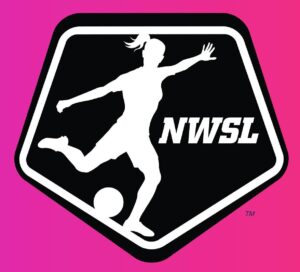November sweeps have started! The unabashed TV fan in me is excited. It means that just about all of my broadcast shows will be on, without repeats, and that story lines will be at their most dramatic, or comedic as it may be (according to the promos anyway).
However, the TV nerd in me wonders how relevant sweeps really are in an age where time-shifting is increasingly becoming the norm, where the traditional TV calendar of September – May is less rigid, and where ‘broadcasting’ is slowly being replaced by ‘narrowcasting’.
What Sweeps Means To Nielsen TV Ratings
Throughout the year Nielsen collects ratings data for the top 56 markets through electronic metering, which includes set meters to keep track of channels and People Meters, which gather demographic information along with channels being watched.
For sweeps months (November, February, May, and July) though, Nielsen goes one step further and utilizes paper diaries, approximately 2 million of them. These diaries are sent out all across the county to the other TV markets not normally monitored electronically.
Seven-day diaries (or eight-day diaries in homes with DVRs) are mailed to homes to keep a tally of what is watched on each television set and by whom. Over the course of a sweeps period, diaries are mailed to a new panel of homes each week. At the end of the month, all of the viewing data from the individual weeks is aggregated. [Nielsen]
While I’ve never been a fan of the Nielsen ratings system, too many of my shows have been been axed due to low ratings, I can’t believe that they still use paper diaries to measure ratings. Like seriously, paper! There has got to be a better way to measure who’s watching what.
I mean between cable boxes, DVRs, and OnDemand services I’m sure that our cable providers know a lot more about our current viewing habits than they are letting on. Now don’t get me wrong, I’m not advocating for ‘Big Brother’ or Skynet or anything of the sorts but it’s 2013 and I still can’t get past the fact that the television industry doesn’t have a more sophisticated measuring system.
To me, it seems that for four months out of the year Nielson dives a bit deeper into metrics and expands its sample size, and as a result the broadcast networks pull out all of the stops to try to attract as many viewers as possible, or at least the ones within the 18-49 demo.
But does this even work anymore? Stunt-casting and ‘must-see’ episodes just seem so gimmicky. If you’re a fan then you’re going to watch an episode regardless. Casual viewers could be persuaded to tune in I guess, but I have no idea what its like to be a casual viewer of anything.
Realistically and most logically though most TV networks don’t really care about fans, they care about viewers, more specifically ones that watch TV live. For instance, I enjoy Elementary but if I’ve got 3 episodes stocked up on my DVR, I’m not doing CBS any favors.
And I suppose that’s what I have to wrap my head around, the semantic difference between being a fan and being a ‘live’ viewer and what that means to broadcast networks and Nielsen ratings. As long as the current advertising system is in place, sweeps months will continue to exist and broadcast networks will continue to up the dramatic ante or the comedic hijinks to make their programs the viewing priority for fans. Or at least during the months of February, May, July, and November that is.



